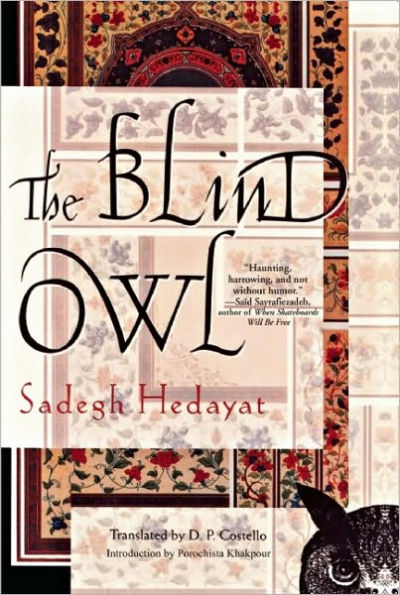“….There are indeed marked differences between Costello’s and Noori’s translations. As Noori indicates, his attempt to preserve the overabundance of dashes gives the reader a more immediate sense of the narrator’s agitation...The first sentence flows on in Noori’s translation, piling sensation upon sensation never allowing us to pause and catch our breath or separate out the images from the sensations. In his discussion of the relationship between his translation and Costello’s, Noori also draws on translation theory and sees Costello’s focus on the fluidity of the text in English as a “domestication” of Hedayat’s original. Noori’s new English translation and his preface are a welcome addition and will no doubt draw the attention of scholars interested in Hedayat’s works. The close textual and comparative analysis of the type Noori offers marks a new and long-overdue critical approach to the translation of the most celebrated work of modern Persian prose.” -Professor Nasrin Rahimieh in Middle Eastern Literatures
“….There are indeed marked differences between Costello’s and Noori’s translations. As Noori indicates, his attempt to preserve the overabundance of dashes gives the reader a more immediate sense of the narrator’s agitation...The first sentence flows on in Noori’s translation, piling sensation upon sensation never allowing us to pause and catch our breath or separate out the images from the sensations. In his discussion of the relationship between his translation and Costello’s, Noori also draws on translation theory and sees Costello’s focus on the fluidity of the text in English as a “domestication” of Hedayat’s original. Noori’s new English translation and his preface are a welcome addition and will no doubt draw the attention of scholars interested in Hedayat’s works. The close textual and comparative analysis of the type Noori offers marks a new and long-overdue critical approach to the translation of the most celebrated work of modern Persian prose.” -Professor Nasrin Rahimieh in Middle Eastern Literatures

The Blind Owl
160
The Blind Owl
160
Product Details
| ISBN-13: | 9780802144287 |
|---|---|
| Publisher: | Grove/Atlantic, Inc. |
| Publication date: | 10/12/2010 |
| Pages: | 160 |
| Product dimensions: | 7.30(w) x 11.30(h) x 0.40(d) |
